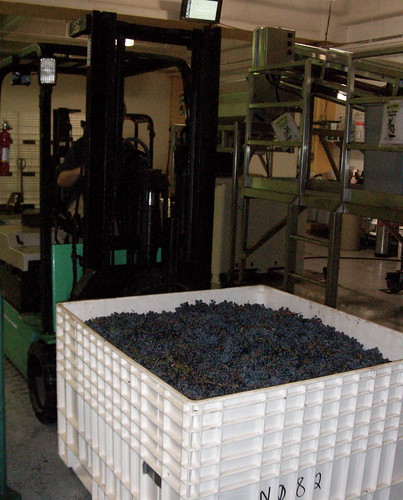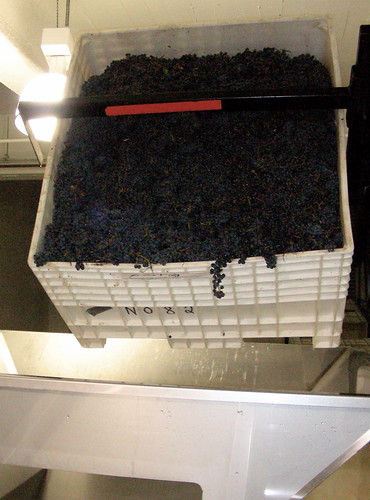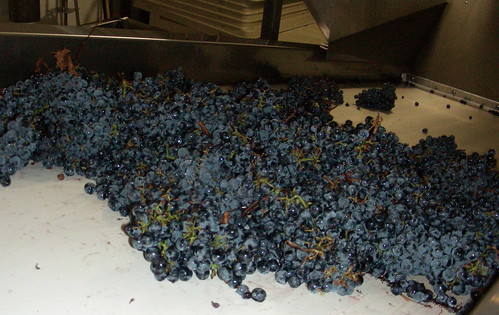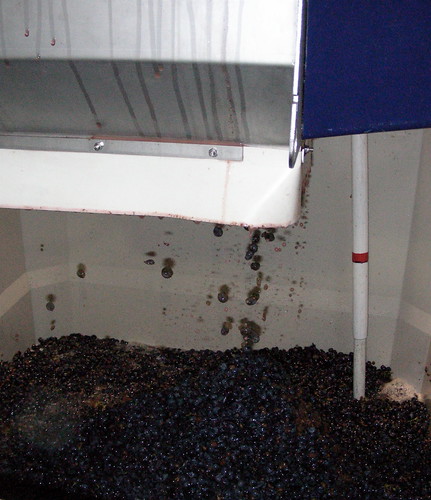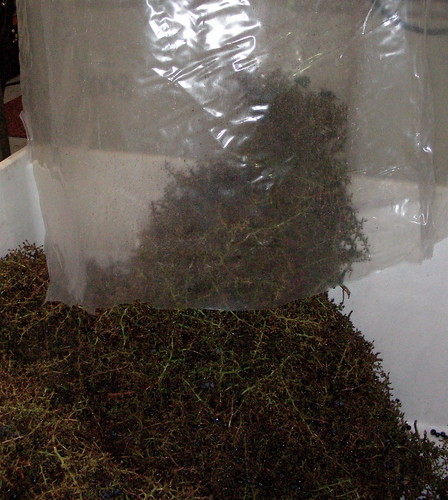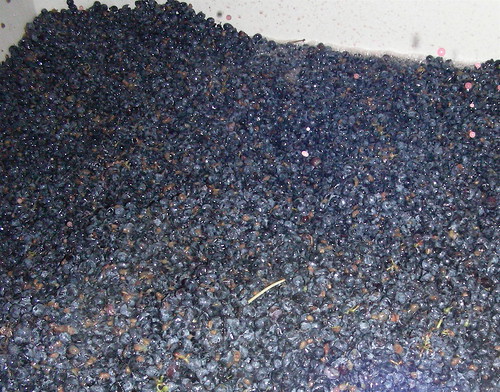“The world possesses many great wine rivers that have writ their legends large in the epochal story of wine and the vine: the Loire, the Rhine and Mosel, the Rhône, the Dordogne, the Saône, the Douro.
Among this exalted company, the Russian River deserves a place.” A Wine Journey along the Russian River, Introduction.
This book by Steve Heimoff, West Coast editor of the
Wine Enthusiast, is what inspired me when I was looking for a wine tasting theme, in order to raise money for
Gunn High School's excellent music department. As he explains in his introduction, the
Russian River is unique in several respects, perhaps the most important one being the distinct weather zones it passes through. It is remarkable that some days, Jenner, which is at the mouth of the river, is 60 degrees cooler than Cloverdale, located north of Healdsburg in the Alexander Valley. Consequently, Bordeaux varietals like Cabernet Sauvignon and Merlot grow best in the warm
Alexander Valley AVA. West of the river, the
Dry Creek Valley AVA is best known for Zinfandel. Then, south of Healdsburg, the river suddenly turns west towards the ocean. This part of the river defines the
Russian River Valley AVA where the weather tends to be cooler, especially near the Pacific coast, and where Burgundian varieties like Pinot Noir and Chardonnay excel.
Here are the wines that we tasted:
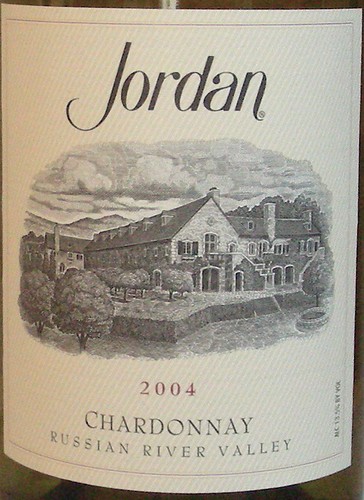
•
2004 Jordan Chardonnay Russian River ValleyJordan Winery was founded in the 1970s by Tom Jordan, a geologist and owner of an oil and gas exploration company in Colorado. Tom Jordan had the vision to create a world-renowned Alexander Valley Cabernet Sauvignon modeled after First Growth Bordeaux, in a wine region that was little-known at the time. Now, the winery also produces Chardonnays that are crafted in a style similar to the white Burgundies. I found the
2004 Jordan Chardonnay Russian River Valley to be a well-made wine with a golden color and a classic California Chardonnay nose of ripe pear and apple. On the palate, it was creamy and not overly woody with a well balanced acidity.
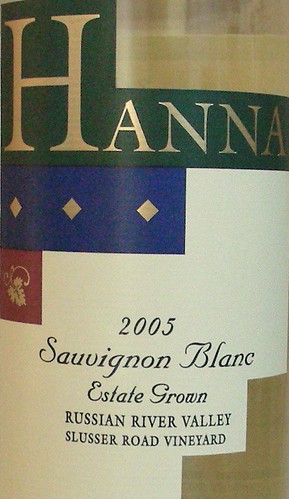
•
2005 Hanna Sauvignon Blanc Russian River ValleyHanna Winery has 252 acres of vineyards in the Russian River Valley (for Sauvignon Blanc, Chardonnay, and Pinot Noir), Alexander Valley (for Cabernet Sauvignon and Merlot) and Sonoma Valley (for Bordeaux varieties, Syrah, and Zinfandel). The
2005 Hanna Sauvignon Blanc Russian River Valley is sourced from the cool Slusser Road vineyard, a low to no irrigation vineyard with a soil of deep rocky clay loam. The wine was very pleasant with an aromatic nose of grapefruit and pineapple and a crisp and fresh palate.
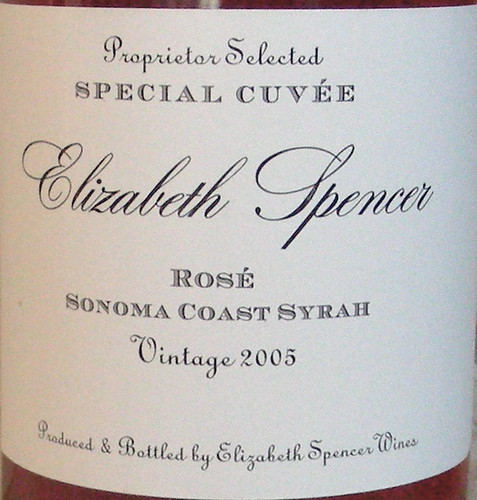
•
2005 Elizabeth Spencer Rosé Sonoma CoastElizabeth Spencer Wines is a two-person operation run by wife and husband team Elizabeth Pressler and Spencer Graham. He is a former wine distributor and she is a former winery sales manager. The
2005 Elizabeth Spencer Rosé Sonoma Coast was inspired by the Rosé wines of the South of France. The fruit comes from vineyards located north of the San Pablo Bay outside of Petaluma. The wine was cold fermented to preserve the wine's bright fruit flavors. It showed a deep pink color and a unusual smoky nose. On the palate, it was dry, fruity, with a zingy acidity.
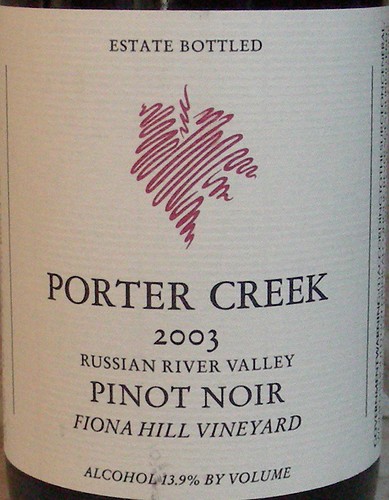
•
2003 Porter Creek Pinot Noir Fiona HillPorter Creek Vineyards is a father and son operation. The winery is certified organic but Alex Davis the winemaker also uses biodynamic preparations to farm the vineyard and is working towards biodynamic certification. He produces vineyard-designated Pinot Noir, Chardonnay, Syrah and Viognier from the Russian River Valley and a Carignane old vines from Alexander Valley. The
2003 Porter Creek Pinot Noir Fiona Hill comes from the steep, hillside Fiona Hill vineyard located at the entrance of the winery. It had a medium brick-red color and a nose of fresh sweet cherries. On the palate, the wine had a earthy character with some good acidity and a smoky finish.
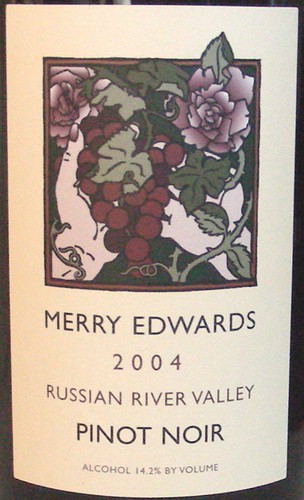
•
2004 Merry Edwards Pinot Noir Russian River ValleyMerry Edwards Wines was founded by
Merry Edwards who started making wines more than thirty years ago because she was fascined by food chemistry and yeast fermentation. She mostly produces Pinot Noirs from the Russian River Valley and Sonoma Coast appellations plus a small amount of Sauvignon Blanc. The
2004 Merry Edwards Pinot Noir Russian River Valley is a blend from five Russian River Valley vineyards separately vinified. It had a deep garnet color and an aromatic nose of sweet red berries. On the palate, it was rich and well-balanced with a complex finish. This was the group's favorite Pinot Noir.
In terms of pairing,
“At home I serve my Russian River Valley Pinot with all manner of fowl: quail, squab, Guinea hen, duck, goose and pheasant.” wrote Merry Edwards on her website,
“The wine's substantial fruitiness pairs well with any meat that favors a fruit stuffing or sauce, like rabbit or pork. My husband Ken's paella with lobster and saffron is a delicious foil for this main course of Pinots.”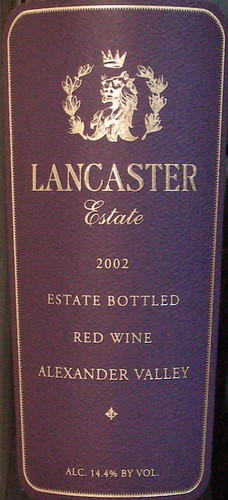
•
2002 Lancaster Estate Red Wine Alexander ValleyLocated at the southern end of the Alexander Valley,
Lancaster Estate was founded by Ted Simpkins, a senior executive with Southern Wine and Spirits with a vision of producing world-class Bordeaux-style wines. The
2002 Lancaster Estate Red Wine Alexander Valley is a blend of 88% Cabernet Sauvignon, 5% Cabernet Franc, 4% Malbec, 2% Merlot, and 1% Petit Verdot. I decanted one of the two bottles that we were going to taste and served the two wines, decanted and non decanted, side by side. Overall, the wine had a dark color and a nose of blackberry and blackcurrant. On the palate, it was rich with an opulent texture. But the decanted wine was found smoother, more polished than the non decanted one. We also noticed that the decanted wine was warmer, which was maybe the main reason the two wines were different.
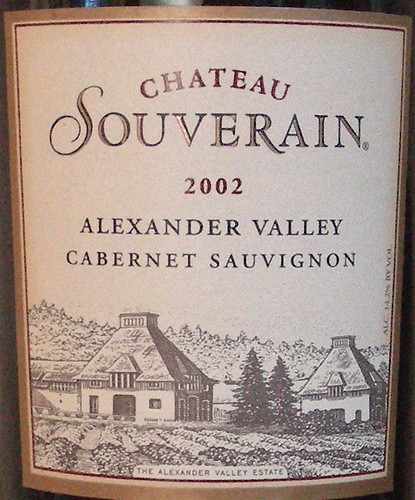
•
2002 Chateau Souverain Cabernet Sauvignon Alexander ValleyChateau Souverain, now owned by
Beringer Blass Wine Estates, is recognized as one of Sonoma County's best wineries, producing high quality wines at a very reasonable price tag. The
2002 Chateau Souverain Cabernet Sauvignon Alexander Valleyshowed a deep purple color and a nose of dark berry fruit. On the palate it was full bodied, balanced, with a reasonably lengthy finish. As for the Lancaster Estate Red, the group preferred the decanted bottle although the aromatic differences between the decanted and the non decanted wines were more subtle.
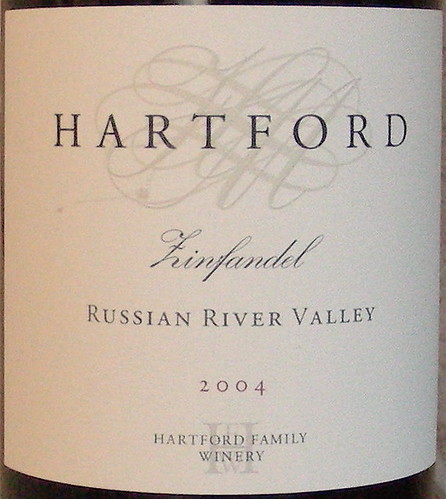
•
2004 Hartford Zinfandel Russian River ValleyHartford Family Wines is a Russian River Valley winery specialized in the production of Pinot Noir, Chardonnay, and Old Vine Zinfandel. The
2004 Hartford Zinfandel Russian River Valley comes from dry farmed, low yielding old-vine Zinfandel vineyards (average vineyard age being about 75 years). The wine had bold aromas of red berries on the nose, an intense, full-bodied palate followed by a very long finish. This was everybody's favorite Zinfandel.
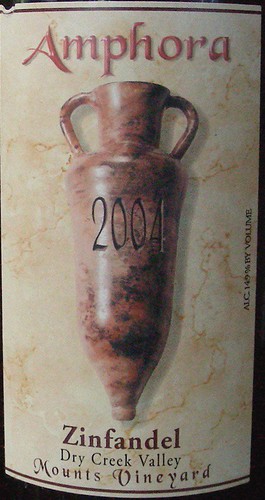
•
2004 Amphora Zinfandel Mounts VineyardAmphora Wines is a Sonoma County family-owned winery that produces handcrafted Dry Creek Valley wines including Zinfandel, Petite Sirah, and Syrah. The
2004 Amphora Zinfandel Mounts Vineyard was hand harvested from 35-to-40-year-old head-pruned vines from Mounts Vineyard on the west side of Dry Creek Valley. The wine had a dark purple color and a nose of black fruit. On the palate, it was dense with some good acidity and a nice long finish of licorice.
“Suddenly, a huge wave, the kind they call a sleeper, easily twenty feet high, came in and exploded, one of those rogues that gather strength above long offshore troughs and then break with tremendous force against the steep beach face. This one was so near that it soaked my pants. Startled, I backed off and headed home.
It was sunny when I left. At Cazadero, the sky suddenly darkened and the rain came pouring down—but that was exactly as it should be. Ten minutes later, at the Farmhouse Inn, the sun reemerged and lit up the vineyards, bare of grapes till next year.” A Wine Journey along the Russian River, last chapter.
Technorati tags: wine food & drink
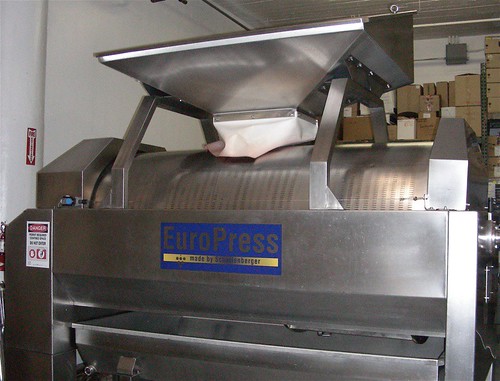
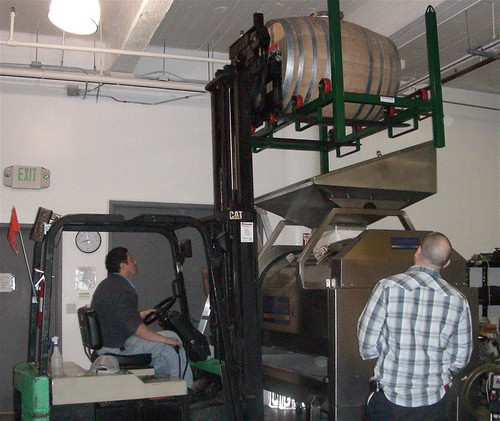
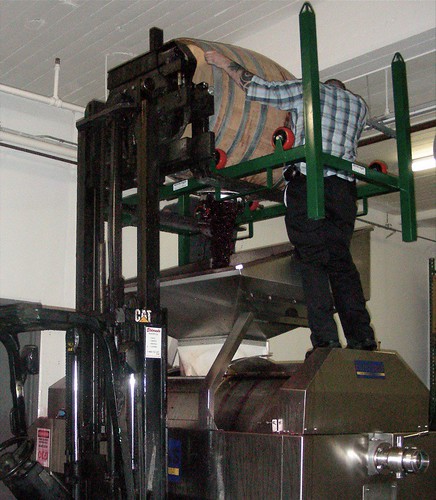
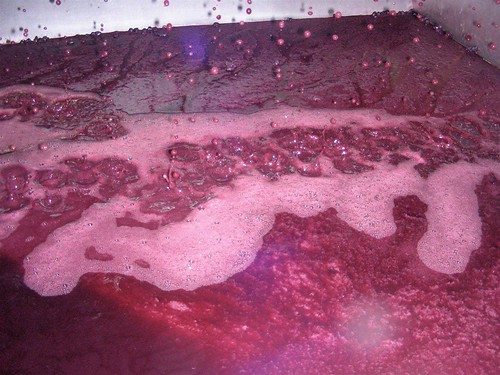
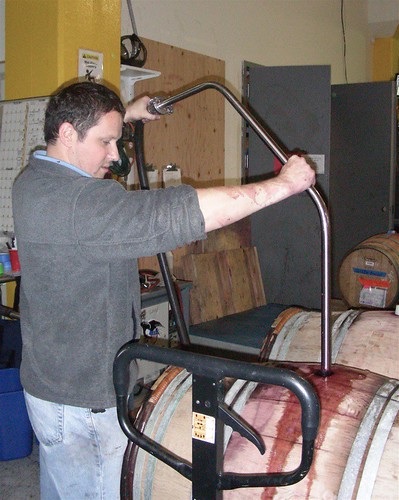









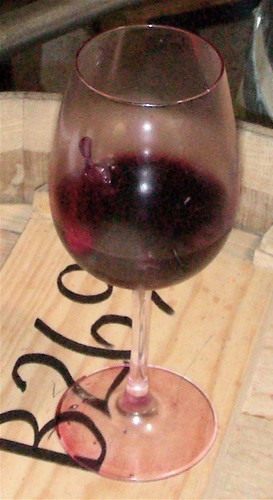 The Brix measurements of our
The Brix measurements of our 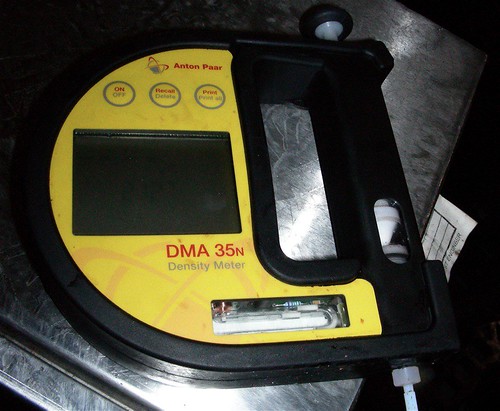
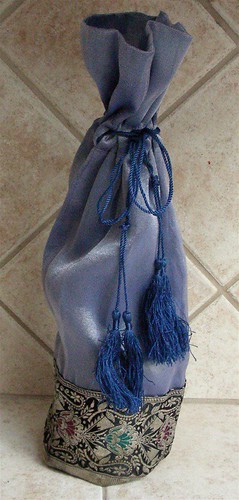 With the 26th edition of
With the 26th edition of 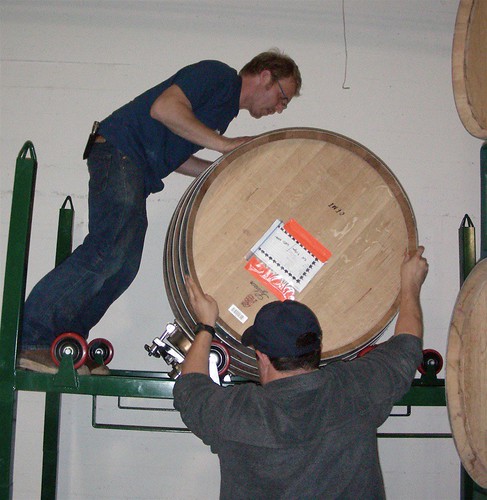
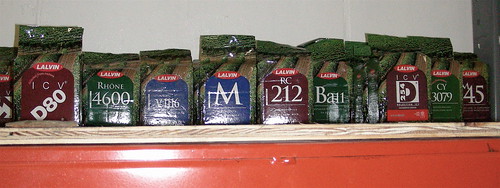
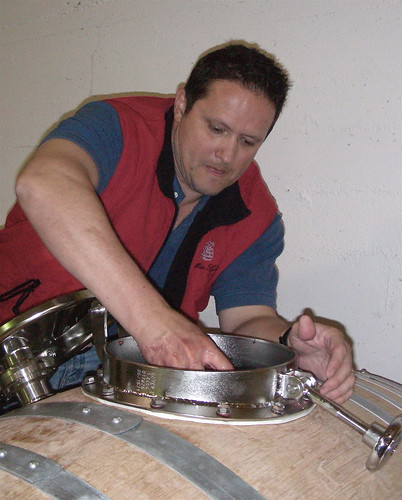
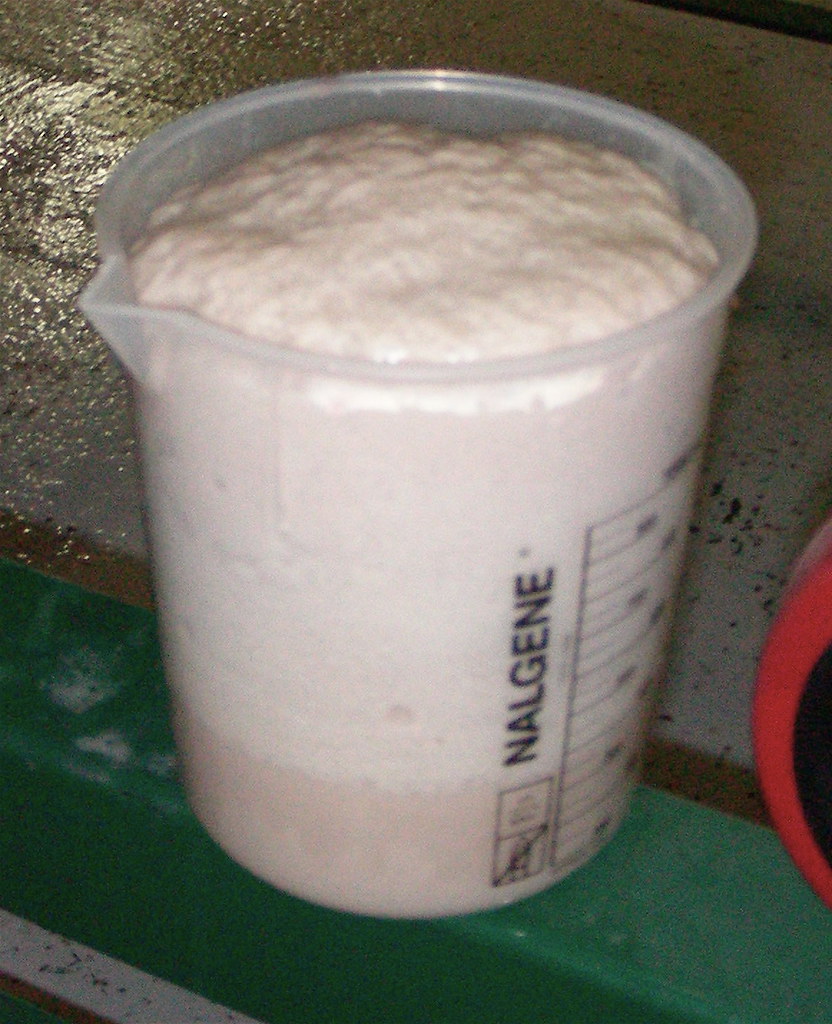
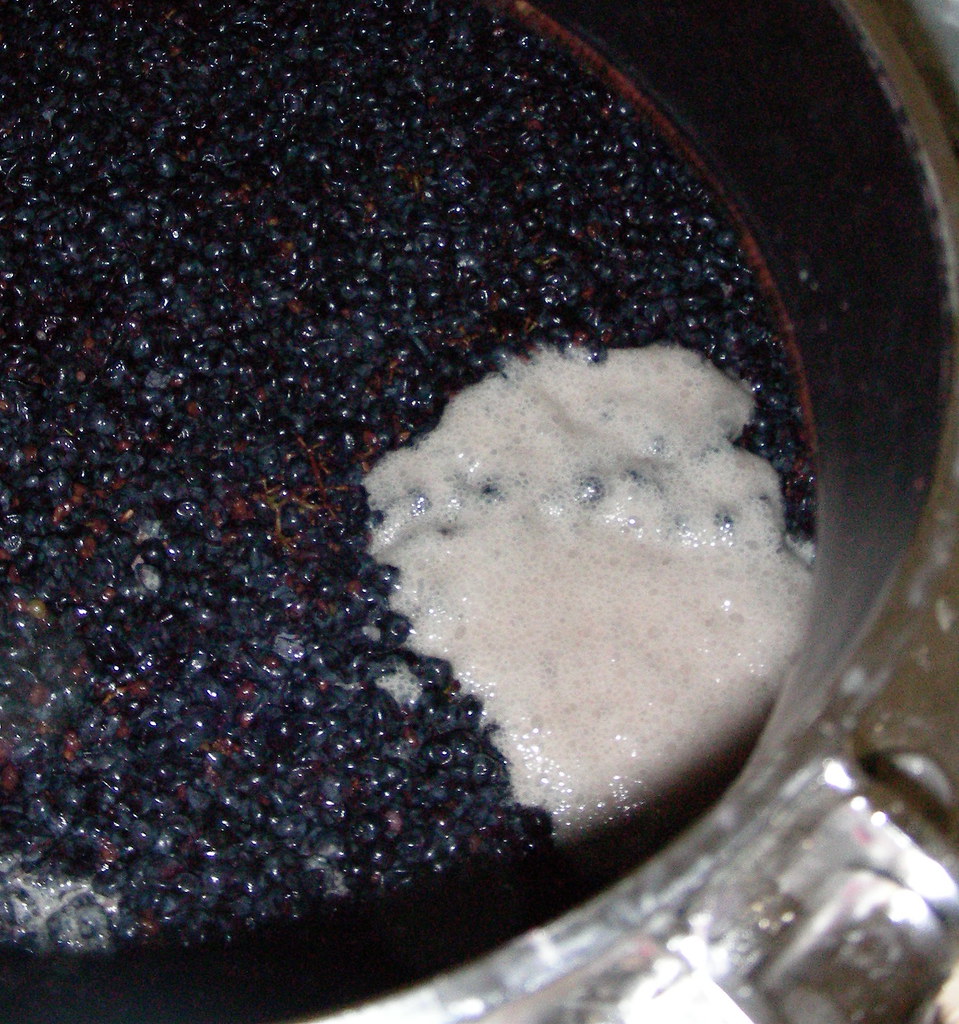
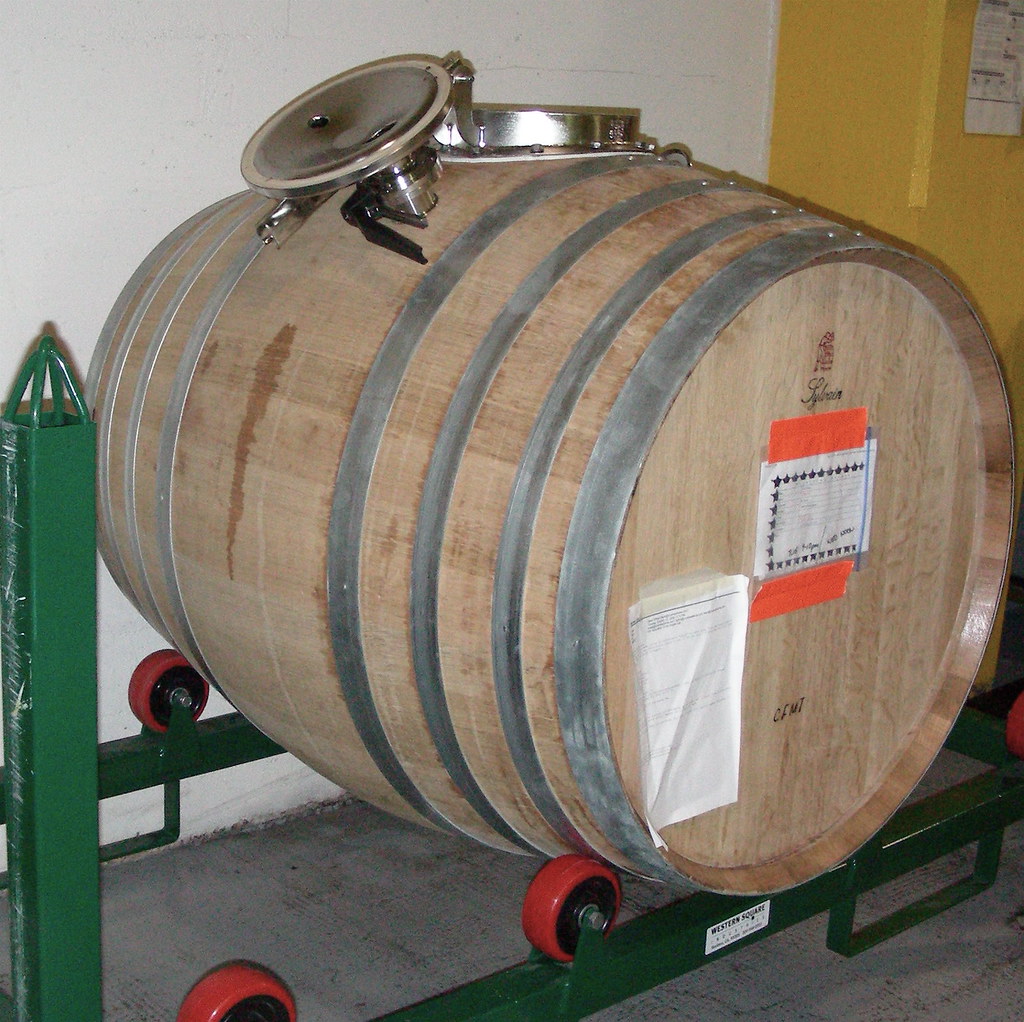
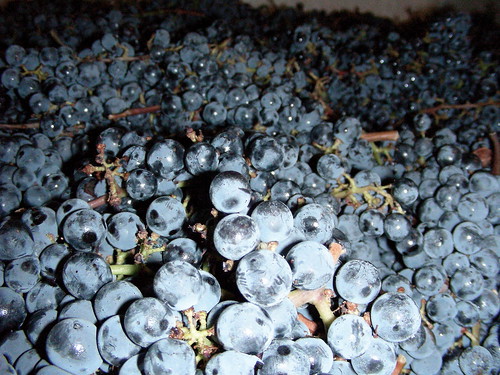 I was at
I was at 